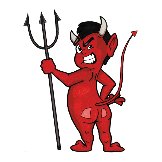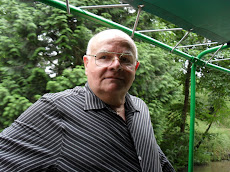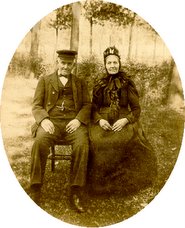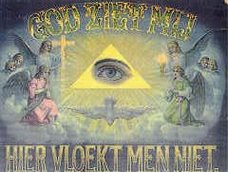I have photos of seven out of my eight great-grandparents. The exception is my mother’s maternal grandmother, Blondina Muylaert. She refused to have her picture taken , just as she refused to eat fish, because that came out of the sea in which all these dead drowned people had been eaten by the same fish. As she passed away in 1942, she surely had an identity card – and these carry photos. So there must have been at least one, but I never saw it, and my mother and uncle both told me she always refused to have her picture taken. Of two of the other couples I have a picture as a couple. For the fourth couple, I have a scan of the pictures of their identity card.
Photos were far from a common thing for ordinary people, small farmers or self employed people and workmen, even in the period following the first world war … I also have a picture of one of the eight couples who were my great-great-parents, and that’s it for the iconographic study of my ancestors.
There may be more photos of my great-grandparents and their parents floating around, but, as most of them had a significant number of children, the photos had to be divided amongst their offspring and since then, most may have ended in the dustbin (“Who the hell was that anyway ?”).
I must admit that I do not have the slightest inkling about the further offspring of my great-great-grandparents – all together, we may well constitute a small army ; and even in villages where many of them continued to live together, the sense of relationship died away after three or four generations. Moreover, the development of mass communications and transports has torn to shreds the fabric of village life and scattered families, who had lived in the same place for centuries, all over the map. A very distant relative has tried to find all the descendants for one of the couples – I heard it quite by chance – and what he collected for one of the eight couples was a sizeable book already.
Subscribe to:
Post Comments (Atom)







No comments:
Post a Comment